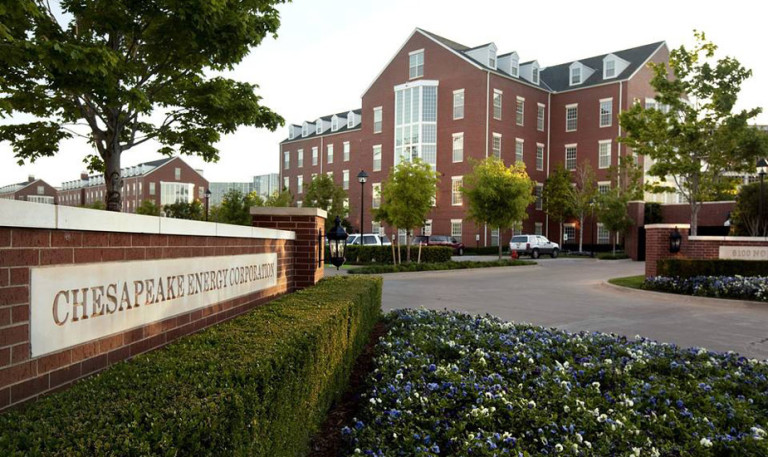Chesapeake Posts $1.79B Loss in Second Quarter
OKLAHOMA CITY –Chesapeake Energy Corp., at one time the most prolific driller in eastern Ohio’s Utica shale, reported a net loss of $1.792 billion during the quarter ended June 30 because of continued depressed commodity prices and reduced value of its assets.
Chesapeake CEO Doug Lawler said in a statement that the company has increased total production guidance for the end of the year by 3%, but projects oil production to remain flat in 2017 and gas production to decline about 5% compared to 2016.
Chesapeake reported total revenues of $1.6 billion during the second quarter compared to year-ago revenues of $3.5 billion, a 54% drop. The company said the revenue decline was mainly due to the decline in commodity prices.
The company attributed its second quarter net loss to depressed prices in the oil and gas market, a $1 billion impairment on property values, and unrealized hedging losses of $544 million.
During the second quarter of 2015, Chesapeake reported a net loss of $4.151 billion.
The company operates 10 rigs in its acreage positions across the country, which includes one rig in the Utica. Chesapeake said it would continue to operate these rigs through the end of the year.
“With the breadth and depth of our large acreage position, the evolution of technologies being applied to our portfolio and the reduction in our leverage and complexity, we believe that the next few months will be a very exciting time for Chesapeake,” Lawler said. “The application of new technologies, including longer laterals and enhanced completion techniques, to our extensive undeveloped acreage position provides us with a robust portfolio of development opportunities.”
Chesapeake also reported that it shed $1 billion in debt through the first six months of the year and plans to sell off additional assets, including some of its positions in the Haynesville shale, which encompasses parts of Texas and Louisiana. As such, the company has increased its total gross asset divestitures to be more than $2 billion compared to the previous range of $1.2 billion to $1.7 billion.
“Financial discipline remains our top priority, and we continue to work toward additional solutions to improve our liquidity, reduce our midstream commitments and enhance our margins,” Lawler said.
Copyright 2024 The Business Journal, Youngstown, Ohio.



